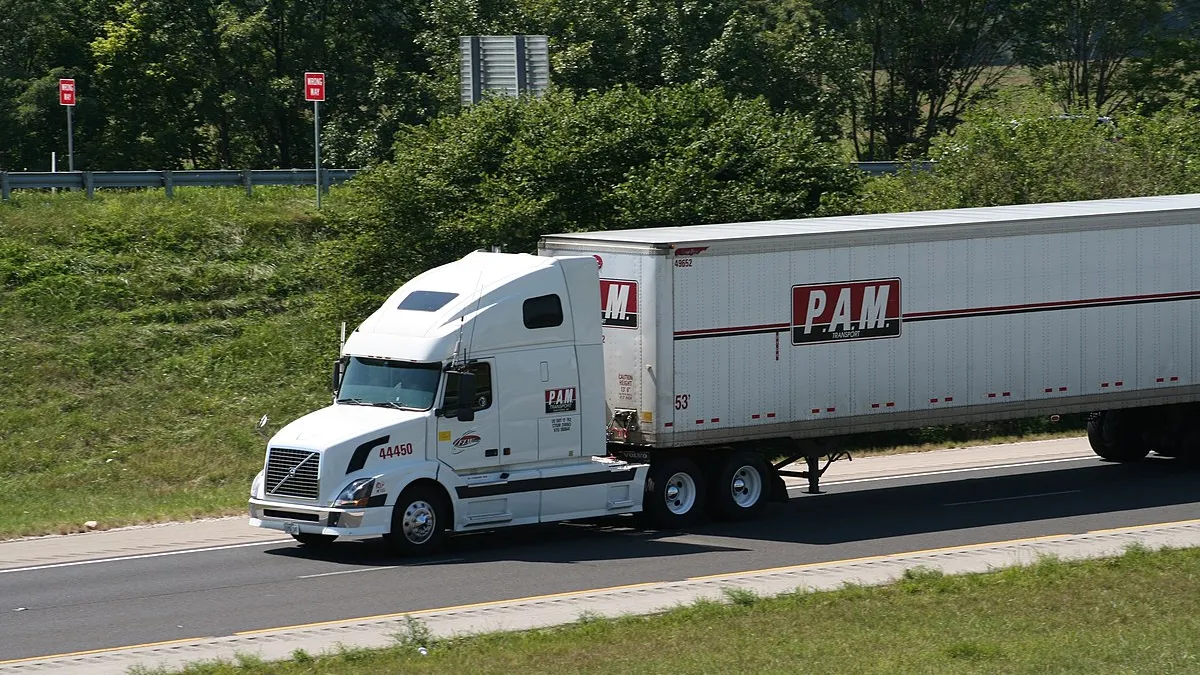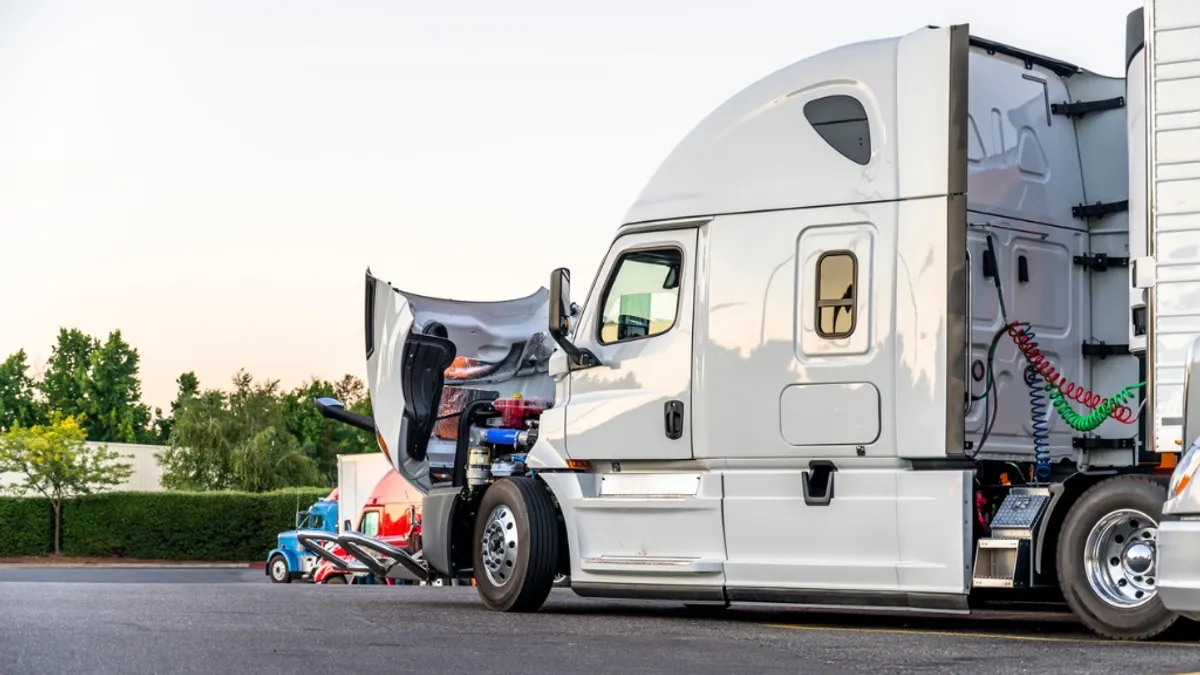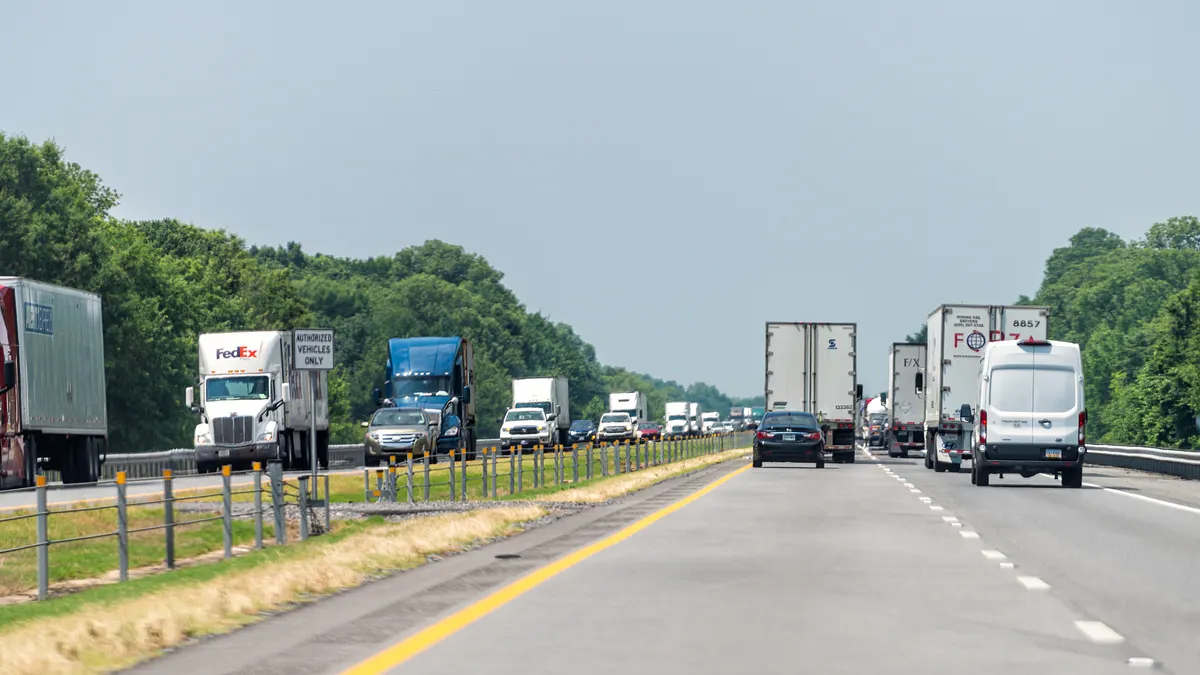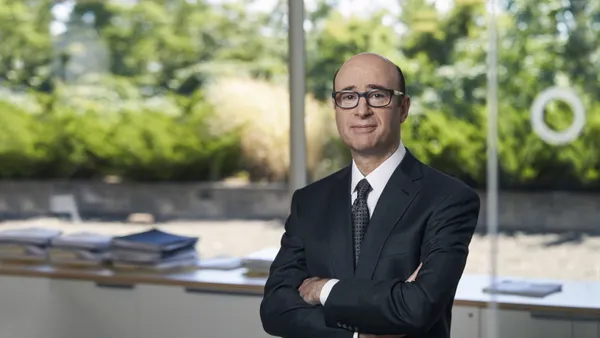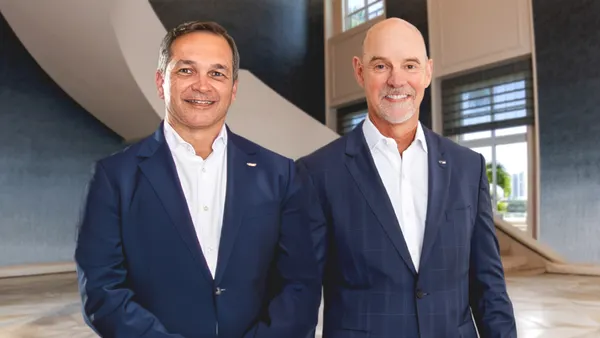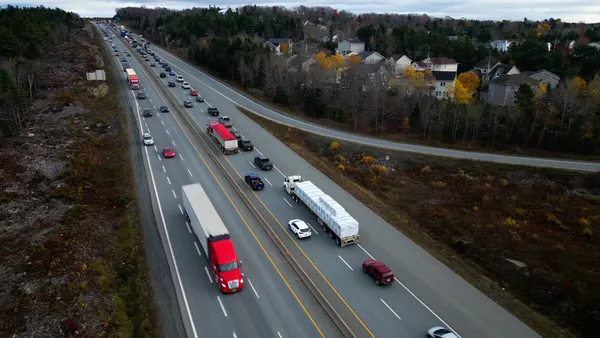Dive Brief:
- PAMT, the parent company of carrier P.A.M. Transport, reported an $11.1 million operating loss for Q2, according to an earnings release. Its net loss was $9.6 million for the quarter.
- That’s the third straight quarterly operating loss for the company, following fiscal hits of negative $37.7 million in Q4 2025 and negative $9.2 million in Q1 for the metric.
- The company’s truckload operating ratio was 112.5% for Q2, with total miles and loads down and average owner-operator trucks up compared to a year ago.
Dive Insight:
The carrier’s Q2 hit is arguably its worst quarter over the past year.
PAMT’s Q4 hit wasn’t as bad when considering a reconciliation. For that quarter, the company revised its equipment values based on depreciation and impairment charges and said an adjusted operating loss of $6.6 million better reflected the company’s performance.
The rough quarters come as PAMT’s CEO resigned last month, citing family reasons, leaving company Chairman Matthew Moroun as interim president and CEO.
Meanwhile, the company’s logistics segment operating ratio was 97.7%, helping bring the company’s overall operating ratio to 107.3%, according to the earnings report. The company has subsidiaries that include Met Express, Choctaw Express, P.A.M. Cartage Carriers, and other trucking and logistics businesses.
Carriers are reporting declining truckload revenues across the industry. For Knight Swift Transportation Holdings, its OR improved to 96.3% in Q2, compared to 98.1% a year earlier. Heartland Express posted a $12.4 million operating loss and $10.9 million net operating loss.
TFI International’s truckload operating ratio worsened to 90.1% in Q2, compared to 89% a year ago, but it was a 2.5 percentage point improvement from Q1, Chairman, CEO and President Alain Bédard said on an earnings call Thursday.
“Tariff-related uncertainty continues to weigh on industrial end market demand,” he said. “We're mostly affected by the instability in our industrial truckload base in the U.S., where a lot of our customers are just waiting on the sideline to say, ‘Hey, where are we going?’”


